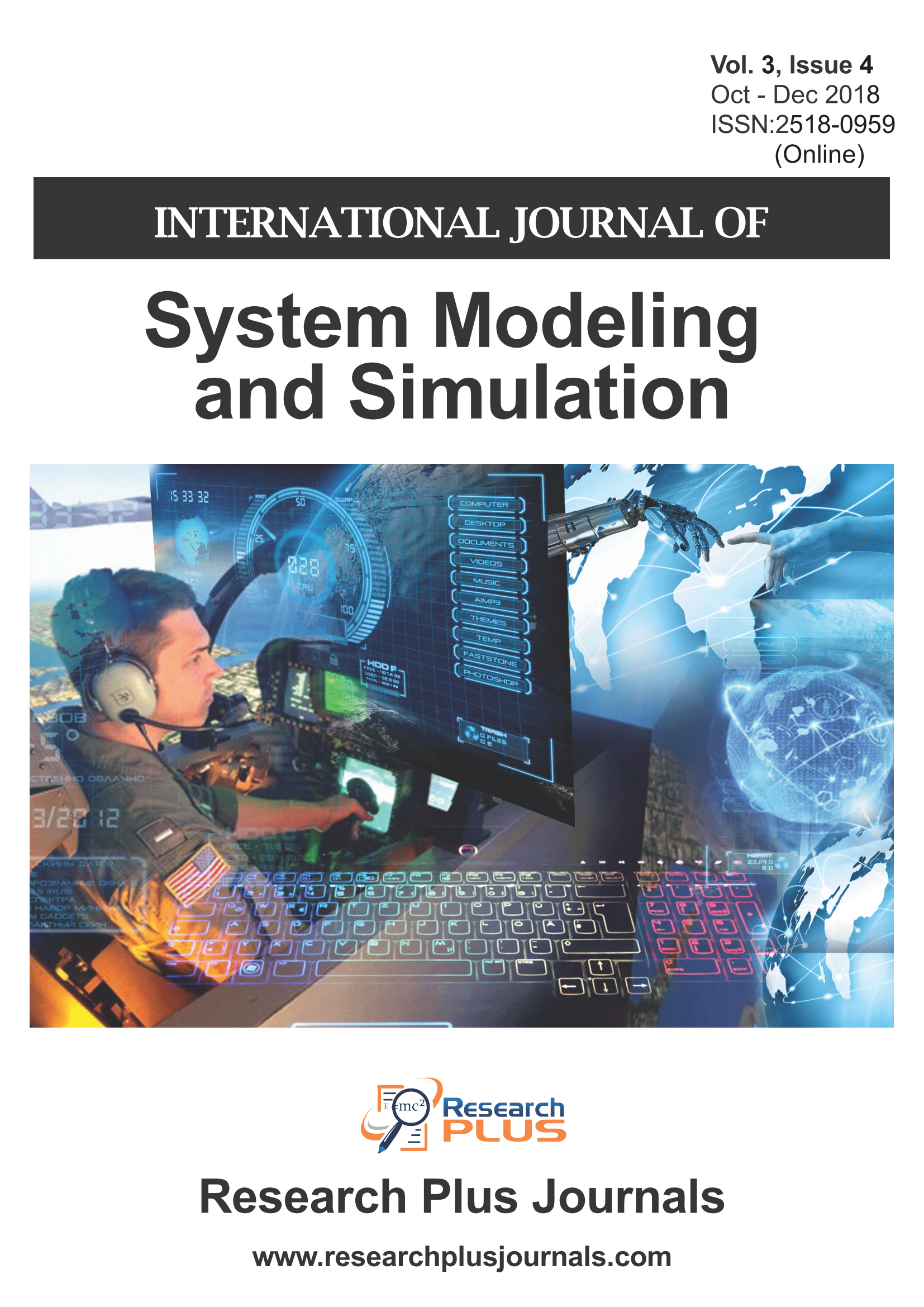Quantitative Analysis of Queue Length of Falah Roundabout (UAE, Sharjah)
Abstract
Roundabouts have faced a huge development in terms of designing and operation, the reason behind that is to get the most safe and functional design. The functionality is affected by different factors e.g. line width, diameter of the roundabout etc., when the capacity of the roundabout is fully utilized, queue length starts to form in the different approaches, which indicates of a minor or major issue that should be studied.
This paper discusses the different factors affecting the queue length of an approach on the roundabout (Al Falah roundabout), after obtaining the data, regression analysis was done to provide a model that can be used for estimating the volume capacity ratio from queue lengths or vice versa. Two other methods were used to compare the obtained model (HCM 2010 Method and Two Minute Rule Method), in addition to a field data collection of the actual timing needed to pass that queue length, which was assigned as the true value of the models and comparing depending on it.
Finally, the discussion of the term paper, will include the different concepts of advanced statistical analysis, the will (as expected) contain different types of distributions and the coloration between the keys of the roundabouts design, and will study the limitation and how it can be improved in future.

This work is licensed under a Creative Commons Attribution-ShareAlike 4.0 International License.
Copyright & License
All Research Plus Journals (RPJ) publish open access articles under the terms of the Creative Commons Attribution (CC BY-SA 4.0) https://creativecommons.org/licenses/by-sa/4.0/ License which permits use, distribution and reproduction in any medium, provided the original work is properly cited & ShareAlike terms followed.
Copyright on any research article in a journal published by a RPJ is retained by the author(s). Authors grant RPJ a license to publish the article and identify itself as the original publisher. Upon author(s) by giving permission to RPJ either via RPJ journal portal or other channel to publish their research work in RPJ agrees to all the terms and conditions of https://creativecommons.org/licenses/by-sa/4.0/ License and terms & condition set by RPJ.
3rd party copyright: It is the responsibility of author(s) to secure all necessary copyright permissions for the use of 3rd-party materials in their manuscript.
Disclaimer
Research Plus Journals Open Access articles posted to repositories or websites are without warranty from RPJ of any kind, either express or implied, including, but not limited to, warranties of merchantability, fitness for a particular purpose, or non-infringement. To the fullest extent permitted by law RPJ disclaims all liability for any loss or damage arising out of, or in connection, with the use of or inability to use the content.















